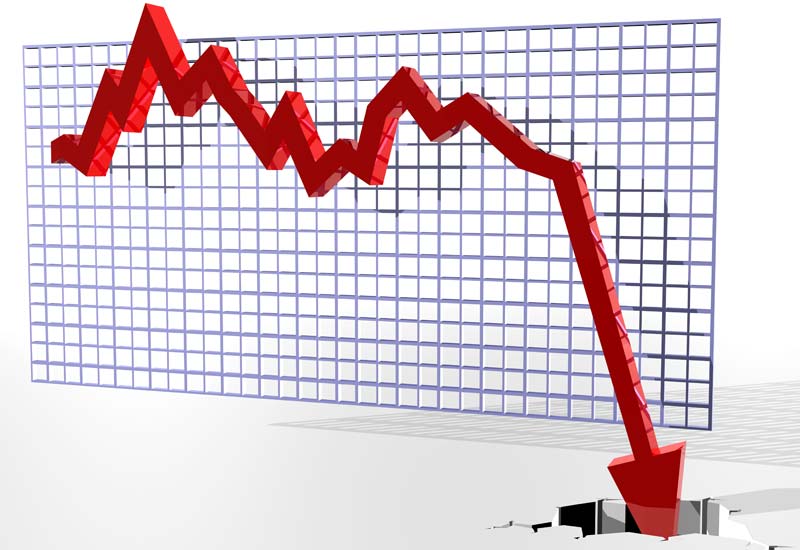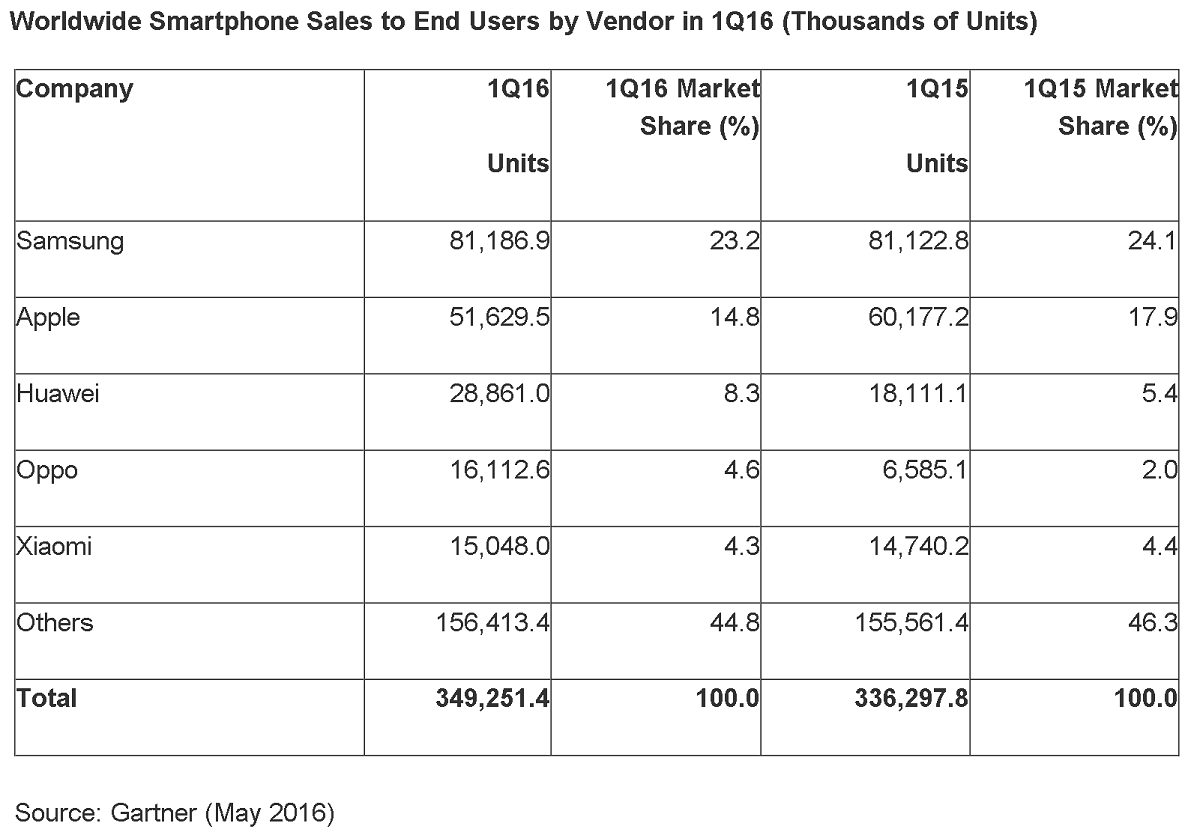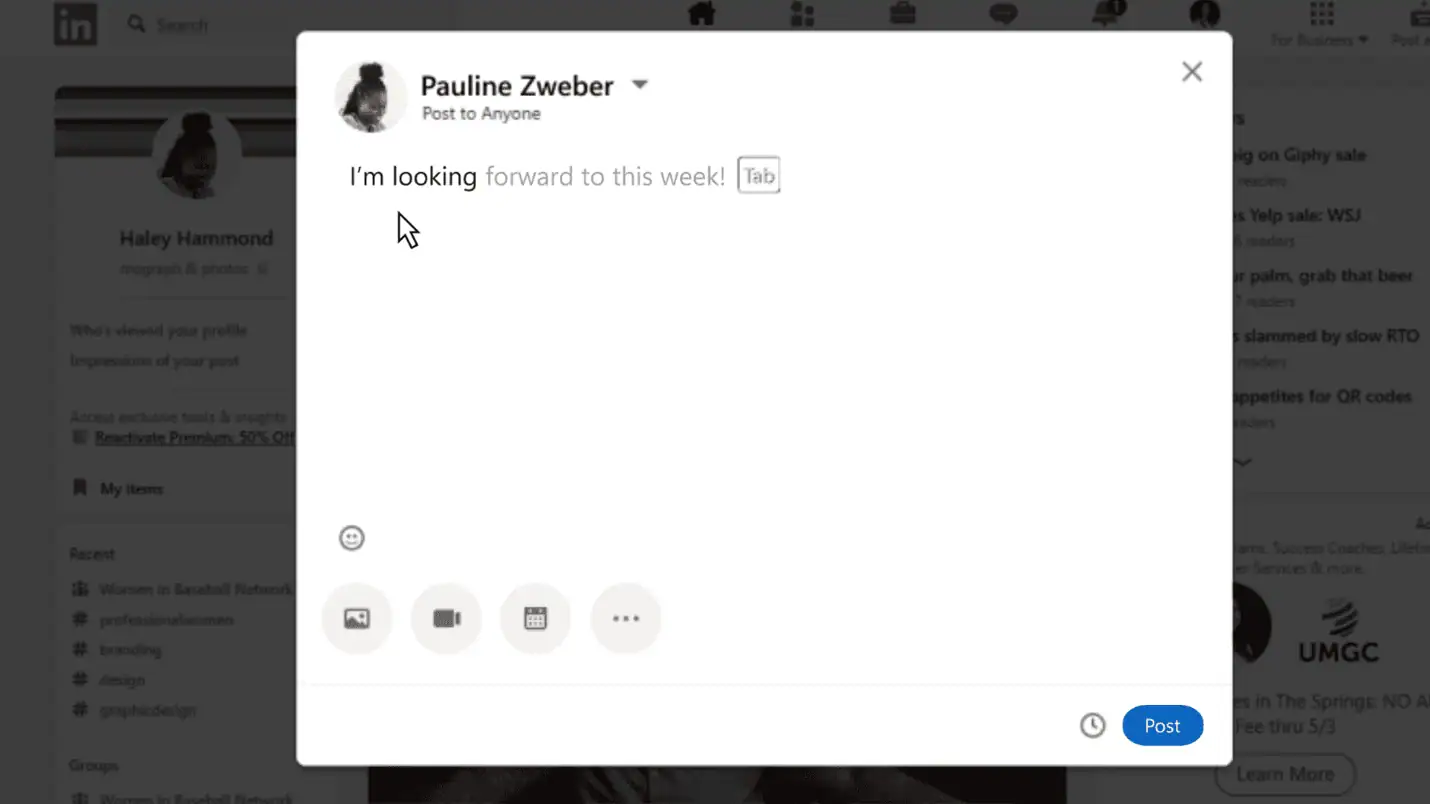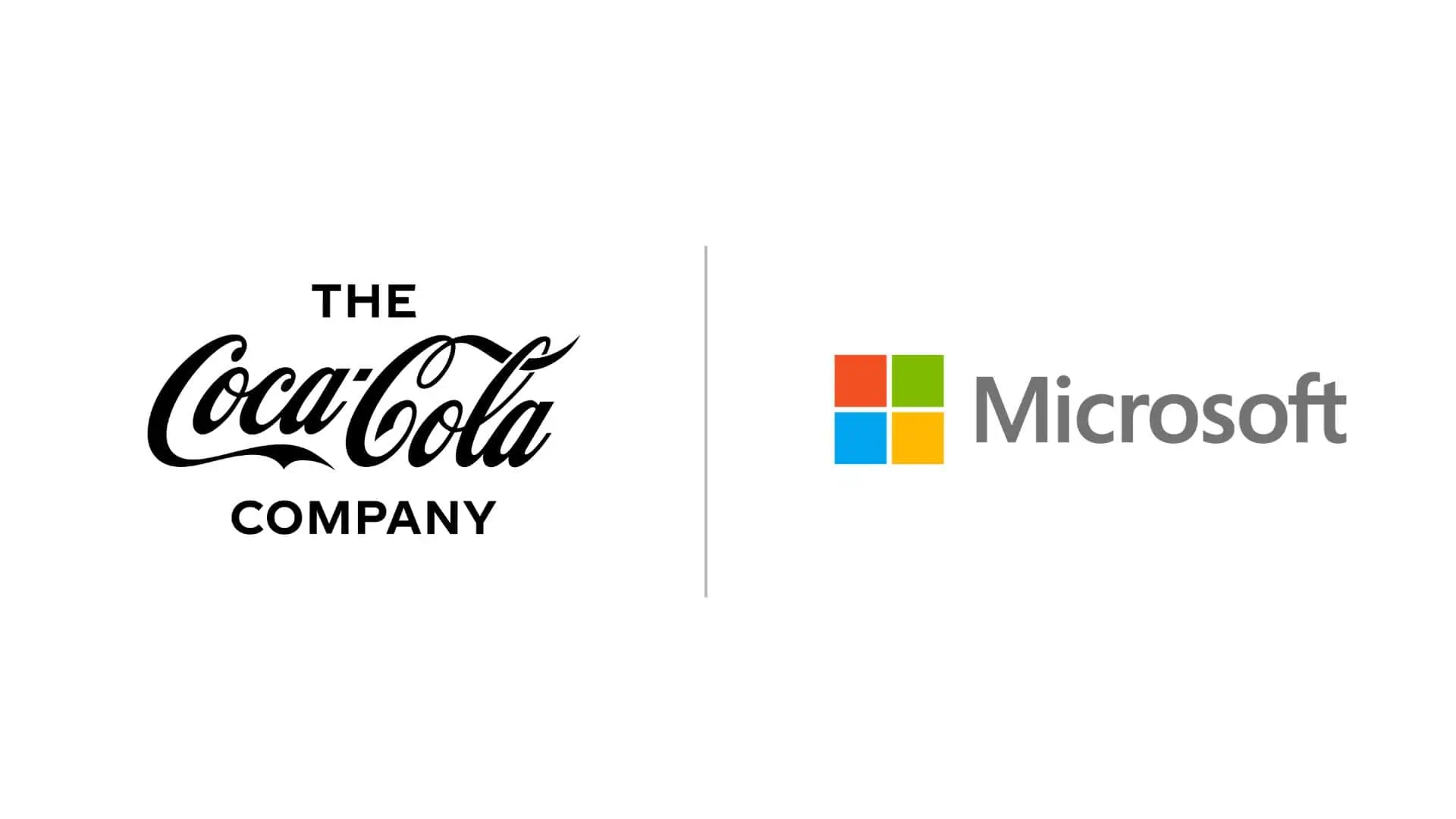Gartner: Windows Phone sales plunged 70% in Q1 2016 to 0.7% market share
4 min. read
Published on
Read our disclosure page to find out how can you help MSPoweruser sustain the editorial team Read more

Gartner has released their smartphone market share data for Q1 2016. The numbers follow after Microsoft’s own results last month and therefore carries no surrprises, but do place them in the context of the rest of the smartphone market.
According to Gartner’s research global sales of smartphones to end users increased to 349 million units in the first quarter of 2016, up 3.9 percent YoY.
Growth was were driven by demand for low-cost smartphones in emerging markets and for affordable 4G smartphones, led by 4G connectivity promotion plans from communications service providers (CSPs) in many markets worldwide.
“In a slowing smartphone market where large vendors are experiencing growth saturation, emerging brands are disrupting existing brands’ long-standing business models to increase their share,” said Anshul Gupta, research director at Gartner. “With such changing smartphone market dynamics, Chinese brands are emerging as the new top global brands. Two Chinese brands ranked within the top five worldwide smartphone vendors in the first quarter of 2015, and represented 11 percent of the market. In the first quarter of 2016, there were three Chinese brands – Huawei, Oppo and Xiaomi – and they achieved 17 percent of the market.”
Oppo had the best performance in the quarter, moving into the No. 4 position with unit sales growth of 145 percent. Like Huawei and Xiaomi, Oppo saw strong growth in China, taking share from players such as Lenovo, Samsung and Yulong. Huawei saw strong smartphone demand in Europe, the Americas and Africa, while Xiaomi and Oppo saw their smartphone sales in emerging Asia/Pacific rise by 20 percent and 199 percent, respectively.
In the first quarter of 2016, Samsung extended its lead over Apple with 23 percent market share. “Samsung’s Galaxy S7 series phones and renewed portfolio positioned it as a strong competitor in the smartphone market, and more so in the emerging markets where it has been facing fierce competition from local manufacturers,” said Mr. Gupta.
Lenovo disappeared from the top five smartphone vendor ranking as well as the top 10 mobile phone vendor market in the first quarter of 2016. “Lenovo had another challenging quarter with its worldwide smartphone sales declining 33 percent,” said Mr. Gupta. “Its smartphone sales fell by 75 percent in Greater China, where it faced strong competition from local brands. Lenovo is also struggling to bring synergies with Motorola’s device business, managing lower costs and overheads of the two brands.”
In terms of the smartphone operating system (OS) market, Android regained share over iOS and Windows to achieve 84 percent share. “As mature smartphone markets are reaching saturation, Google is pursuing new revenue growth opportunities by expanding the reach of its platforms in cars, wearables, connected homes, immersive experiences and more,” said Roberta Cozza, research director at Gartner.
“Despite the Android platform’s advancements and its dominant market share, the challenges of profitability remain for a number of Android players. This will have an impact on the vendor landscape where new or more innovative business models will increasingly become key to succeed.”
Apple had its first double-digit decline year on year, with iPhone sales down 14 percent. Apple’s “upgrade program” in the U.S. has helped sweeten its flagship iPhone 6s and 6s plus model pricing to drive sales in its largest smartphone market. Apple is also exploring ways to refarm second-hand iPhones coming through the program in emerging markets.
“Nokia’s announced return to the smartphone and tablet markets will not be an easy mission,” said Mr. Gupta. “In today’s market it takes much more than a well-known brand to sell devices. Making good hardware won’t be an issue for Nokia, but users need a compelling reason to remain loyal to the same brand. Furthermore, that the smartphone market is slowing down makes it difficult for mobile phone vendors to reach previous levels of growth. New company HMD is entering the market at a less prosperous time, making it even more difficult for the vendor to do well in the short term,” said Mr. Gupta.
Microsoft, who is making a hard swing to the much smaller enterprise smartphone market, has earlier said they expect Windows Phone sales to deteriorate further in Q2 2016, meaning Microsoft may soon vie with Blackberry for which “major” smartphone operating system has the lowest market share.










